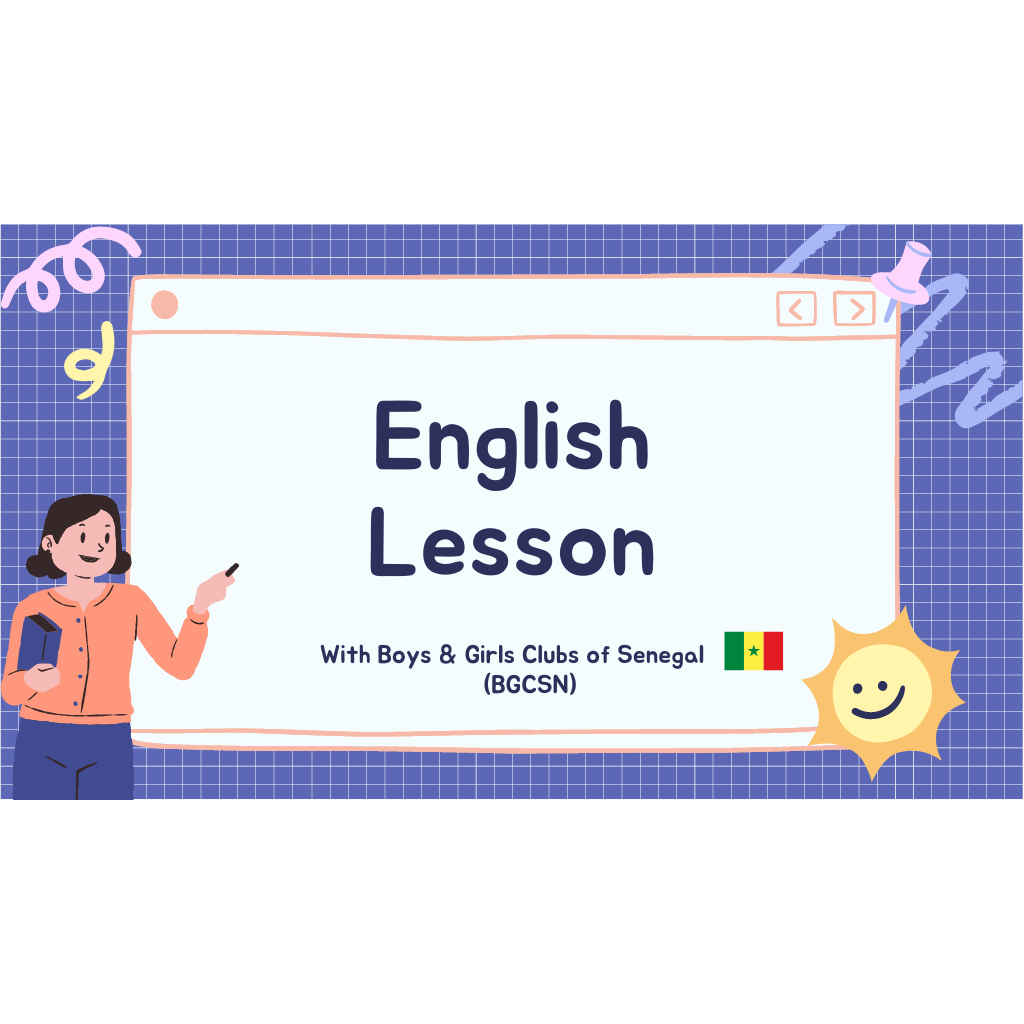Step up your vocabulary game with a crash course in suffixes! A suffix is a letter or group of letters that is usually added to the end of a word to change the meaning or to form a different grammatical form. Here are the most common suffixes you should know and how to use them:
-able/-ible: These suffixes typically indicate the ability to do something. For example, “edible” or “enjoyable.”
-al: This suffix is typically used to indicate the action of doing something. For example, “arrival” or “refusal.”
-ed: This suffix is used to indicate the past tense of a verb. For example, “played” or “laughed.”
-ful: This suffix is typically used to indicate something is filled with a quality or an emotion. For example, “beautiful” or “hopeful.”
-ing: This suffix is used to indicate the present progressive or gerund form of a verb. For example, “calling” or “running.”
-ion: This suffix is typically used to indicate the action of something or a state of being. For example, “confusion” or “elation.”
-ly: This suffix is typically used to indicate that something is done in a certain manner. For example, “sadly” or “quickly.”
-ment: This suffix is used to indicate the action of doing something. For example, “enjoyment” or “development.”
-ness: This suffix is used to indicate a state of being or a quality. For example, “happiness” or “boringness.”
-s/-es: This suffix is used to indicate plural nouns. For example, “books” or “drinks.”
-y: This suffix is typically used to indicate that something is characterized by a certain quality. For example, “lively” or “messy.”
With the help of suffixes, you can expand your vocabulary and be able to speak and write in an even more descriptive fashion! So, the next time you’re looking for a word to express yourself, don’t forget about suffixes! If you want to improve your English vocabulary, learning about suffixes can be a great way to do it. A suffix is a part of a word added to the end that changes the meaning or usage. For example, the suffix “-er” is often added to verbs to form a person who does the action. For example, “teach” becomes “teacher.” By learning just a few common suffixes, you can significantly expand your English vocabulary.
The most common suffixes in English are “-ed,” “-ing,” “-s,” “-ly,” “-ment,” and “-ness.”
The “-ed” suffix is added to regular verbs to change them to the past tense. For example, the verb “walk” becomes “walked.”
The “-ing” suffix is added to regular verbs to change them to the present participle. For example, the verb “run” becomes “running.”
The “-s” suffix is added to nouns to make them plural. For example, “charm” becomes “charms.”
The “-ly” suffix is added to some adjectives to create adverbs. For example, “happy” becomes “happily.”
The “-ment” suffix is added to some verbs to make them nouns related to the action of the verb. For example, “agree” becomes “agreement.”
Finally, the “-ness” suffix is added to some adjectives to make nouns that describe a particular quality. For example, “kind” becomes “kindness.”
By understanding and being able to use these few suffixes, you can greatly expand your English vocabulary. Learning suffixes is an important part of improving your English.
From Latin to Greek, Germanic to Romance languages, expanding your knowledge of suffixes can take your skill in language and communication to the next level! By getting a firm grasp on suffixes and how they change words, you can increase your vocabulary bank and be better equipped to communicate in a variety of settings. Now get out there and start flexing those grammatical muscles!
